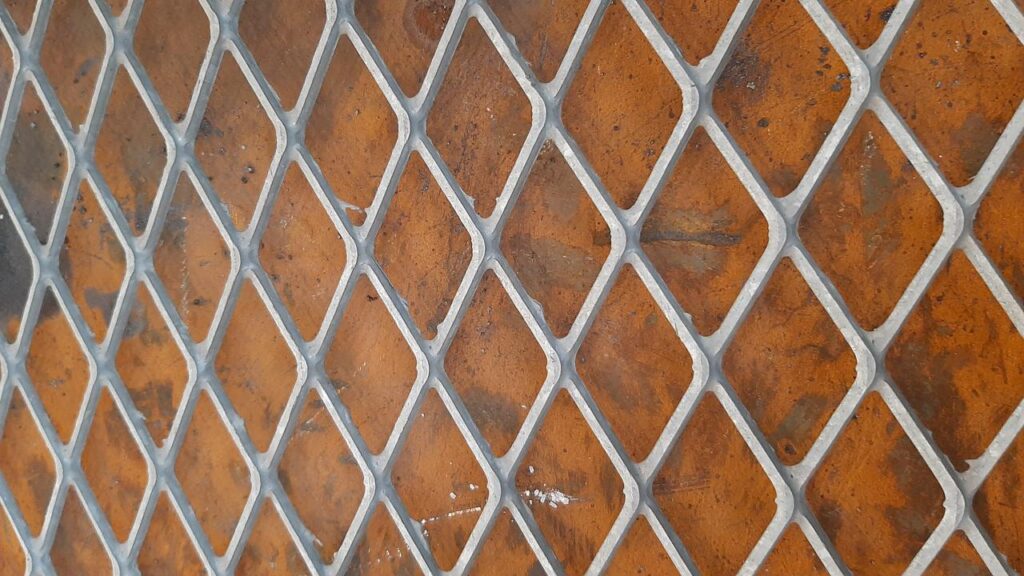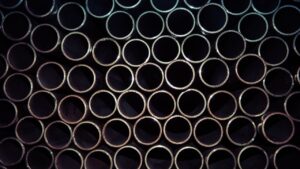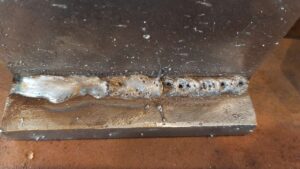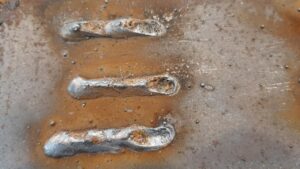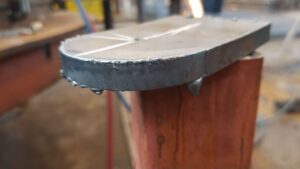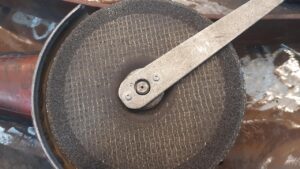There are a lot of different ways to protect metals from rust and corrosion. The most common methods of protecting metals from corrosion that you can find are
- Painting
- Galvanizing
- Powder coat
- Electroplating
- Mill scale
Cheapest and best way to protect metals from rust or corrosion
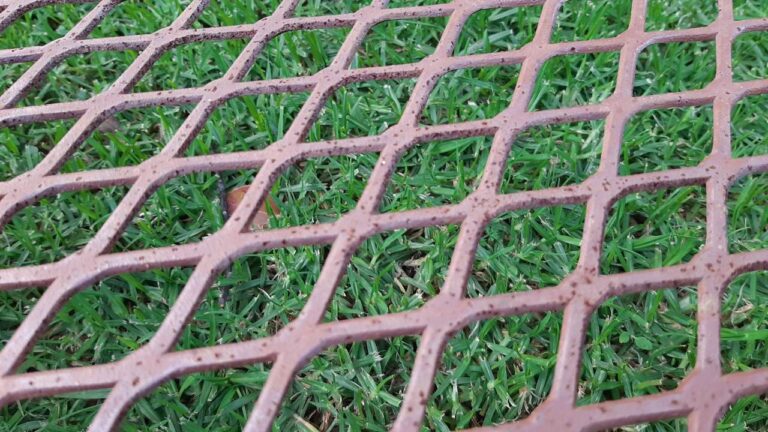
Primer/oxide paint
The easiest, cheapest, and best way to protect the metal from rust or corrosion, in my opinion, is to paint over it with a primer/oxide paint. Then apply another layer of generic paint over the primed metal.
There are a variety of primer/oxides colors that you can get. So there is a high chance that the color you are looking for can be found in an oxide.
Just note that two coats of paint isn’t a requirement but will help increase the lifespan of the paint.
A downside is that in a couple of years you will have to repaint the metal especially if it stays outside.
Pros and cons of primer/oxide paint
Pros | Cons |
Cheap | Must be repainted after a few years |
Fast | |
Last a few years | |
Easy application | |
Different colors |
Spray paint
When building something small it is better to just use spray paint cans that you just buy off the shelf. It is a lot faster and less messy than having a spray painting set up.
If you are looking to spray larger items then I recommend getting a spray painting set up. You don’t need much.
- Paint
- Paint thinner
- Spray gun
- Compressor
- Hose
- Respirator
Galvanizing metal
There are three types of methods to galvanize metals and all of them last longer than painting and are more expensive.
The three different methods are
- Hot dipping
- Electro painting
- Cold galvanizing paint
Cold galvanizing paint
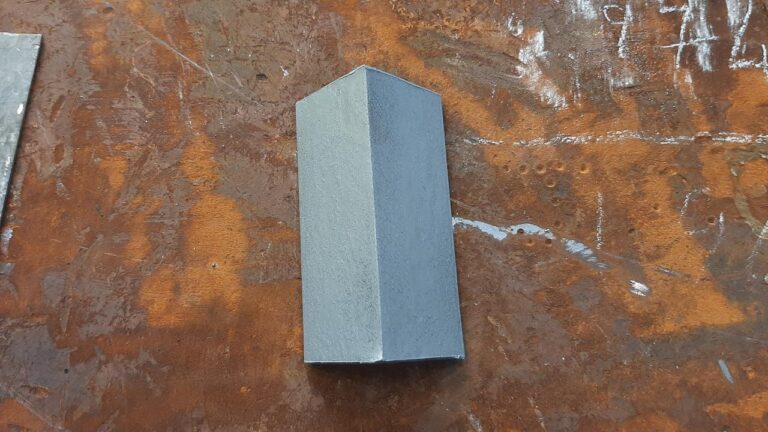
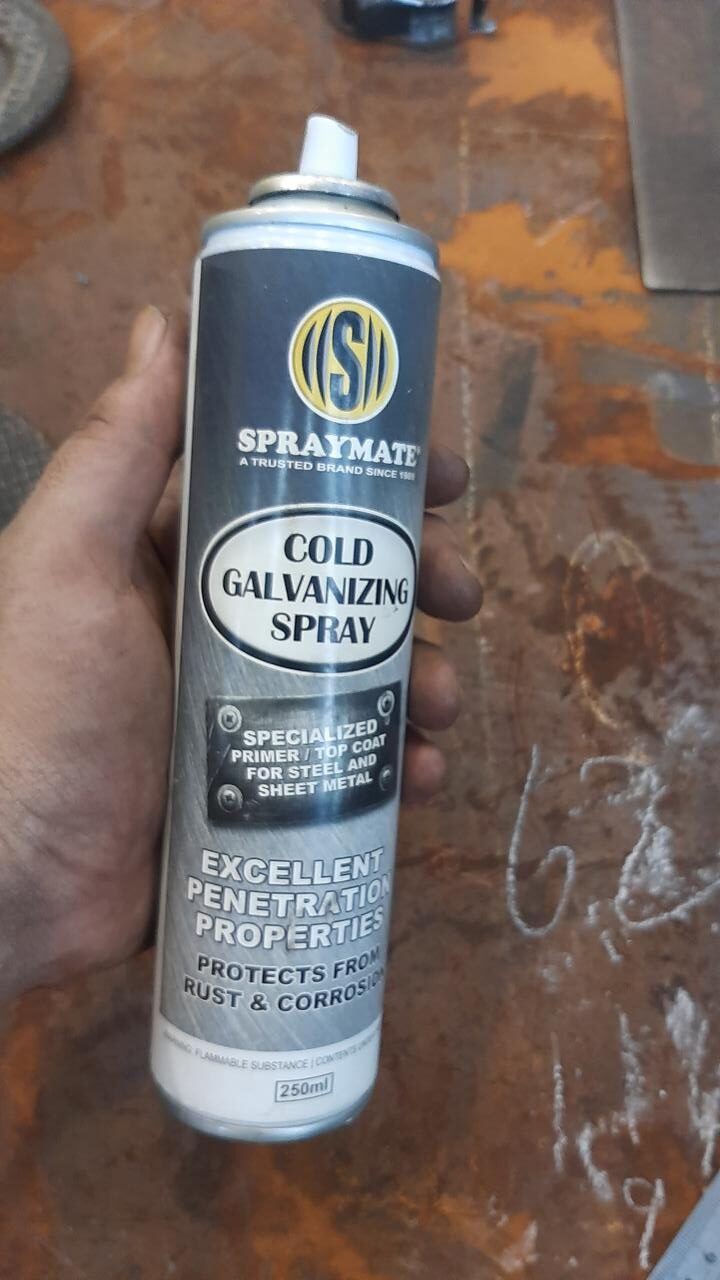
The cheapest of the three methods of galvanizing is galvanized paint. This is done similarly to applying a primer, but you just use the galvanized paint as a primer.
You are limited to just the grey color of galvanizing, but you can easily apply another coat over it.
Pros and cons of cold galvanizing paint
Pros | Cons |
Can easily apply at home | More expensive than primer/oxide paint |
Last longer than primer/oxide paint | Doesn’t last as long as the other galvanizing methods |
Hot dipping
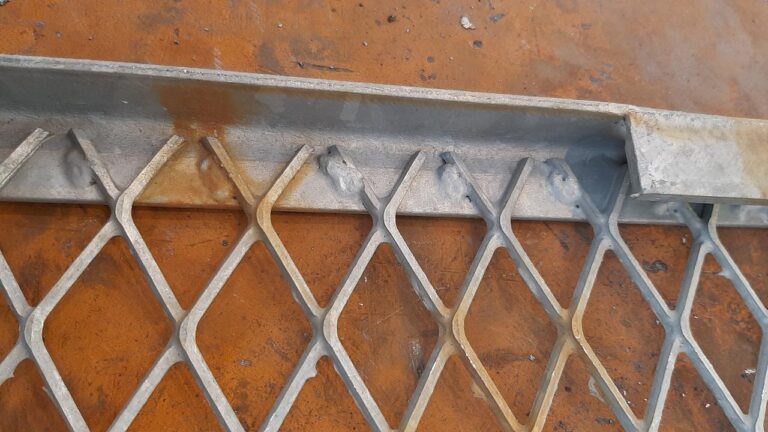
Hot dipping is simply dipping the metal in molten zinc. This is a lot more expansive than cold galvanizing but is scratch-resistant and is cheaper than electroplating.
There are a few negatives to this galvanizing method, so it is mainly just for industrial use.
Pros and cons of hot dipping galvanizing
Pros | Cons |
Most durable protection from elements | Expensive |
Causes extreme warping from heat | |
Can have zinc build-up in corners | |
Uneven distribution of zinc |
By the most durable protection from the element, I am referring to the fact that hits, bumps, or light grinding won’t damage the galvanizing, still giving full protection from rust or corrosion.
Electroplating
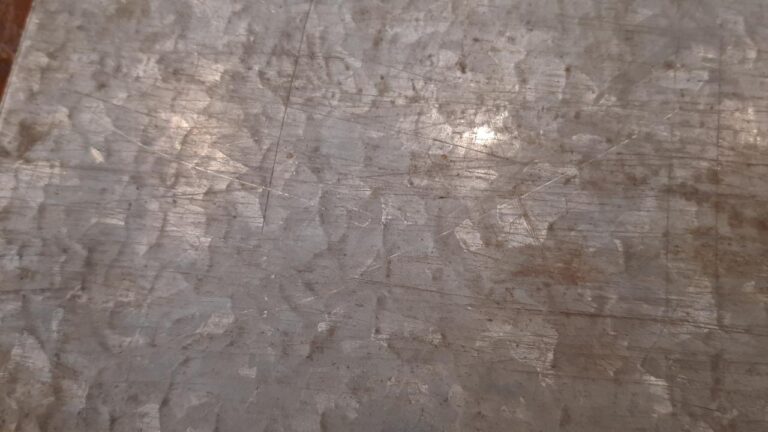
Most galvanized plates you find are electroplated. If you want to build something that has to be galvanized then you probably should use electroplated metal. Just remember you can not weld or apply heat to galvanized metals because the fumes released are dangerous to breathe in.
Powder coating
Powder coating is a lot like spray painting just with extra steps. It provides better protection than paint and can be easier to apply. You are limited to small items and you must sandblast the item before you can powder coat, which is a whole other topic.
Powder coating is rather just used on moving parts of parts that get a lot of wear to it. You won’t powder coat the new desk you build rather just paint it.
Here’s a great youtube video I found on powder coating if you are interested. The Ultimate Beginners Guide to Powder Coating
Mill scale
Mill scale is the flakes you find on metal that are a by-product of the forging process. This does protect the metal from rust but is limited and falls off very easily. It isn’t sufficient to protect the metal from rust in the long run.
Conclusion
In conclusion for most work that you will be doing at home, painting is the best option. You can use spray paint or just apply it with a paintbrush.

